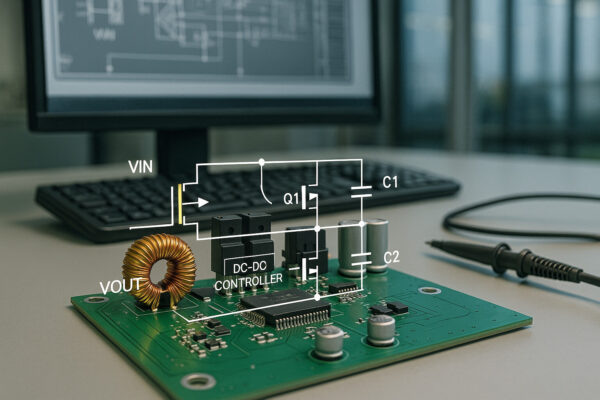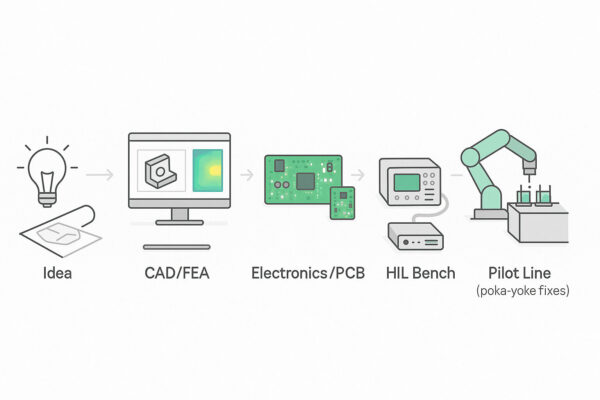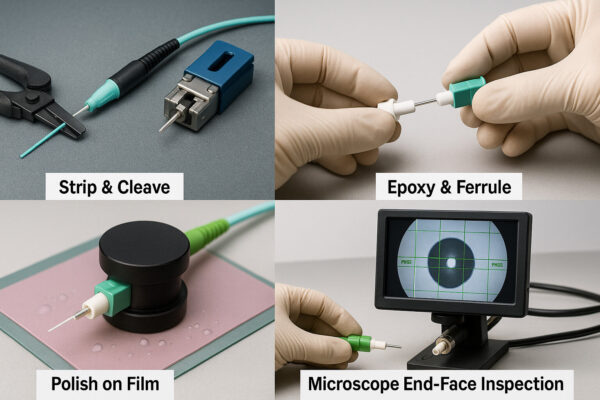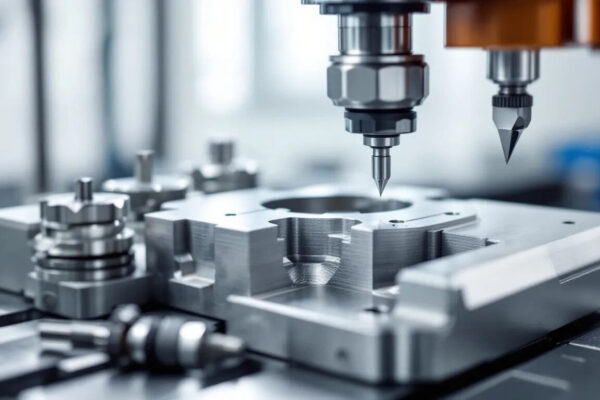
Key Takeaways High-stakes sales in testing, certification, and manufacturing are driven by two core expectations: technical reliability and predictable market access. This article outlines a structured sales narrative—how to frame element testing services for executive stakeholders, how to translate elements material technology into business value, and how to support customer decisions related to compliance and… Read More »

Key Takeaways Electrical safety and EMC compliance are closely linked aspects of product approval. Whether developing patient monitors, laboratory analyzers, or industrial control equipment, both must be addressed together. This guide explains how an EMC laboratory approaches electrical safety testing, which equipment is typically used, how medical device requirements differ from general industry practice, and… Read More »

Key Takeaways In development, power and software reliability meet at the product boundary. This guide covers buck-boost converter circuit fundamentals, a practical design flow for DC-DC implementations, PCB layout pitfalls to avoid, and where patterns like the circuit breaker design pattern in microservices keep your control plane healthy while hardware operates under stress. Step-by-Step: How… Read More »

This EMSD guide explains how modern electronics manufacturing combines SMD and THT assembly, power-stage magnetics, PCB fabrication, and system integration into a reliable, scalable production flow. Learn how design choices, process control, and supplier capabilities impact yield, cost, and long-term reliability—and how to select the right EMS partner for industrial and high-performance applications.

Key Takeaways From smart fixtures and collaborative robots to precision test rigs and automated packaging cells, EMS providers deliver mechatronics solutions that integrate mechanics, electronics, firmware, and data. This guide explains project scoping, team roles, and supplier selection—so you can move from proof of concept to stable production with fewer surprises. What Does a Mechatronics… Read More »

Key Takeaways What Counts as “EMS Winding Goods”? “Winding goods” refers to magnetic or inductive components delivered as ready-to-use subassemblies. This typically includes: An EMS partner manufactures and verifies these components, integrates pins, leadframes, or harnesses, performs potting or overmoulding when required, and ships the parts prepared for final electrical assembly. Medical Transformer: Safety by… Read More »

Key Takeaways This guide explains the most commonly used fiber connectors—LC, SC, and ST—and shows how they fit into modern optics and fiber optic cable assembly workflows. What Is a Fiber Optic Cable Assembly? A fiber optic cable assembly is a pre-terminated optical cable—cut to length, jacketed, labeled, and tested—with a defined connector type on… Read More »

Precision CNC machining represents the highest level of dimensional accuracy in modern manufacturing. With tolerances down to ±0.0005 inches, it enables the production of complex, safety-critical components for aerospace, medical, and automotive applications. This guide explains the key processes, machine types, and materials — and shows how precise control and rigorous quality assurance ensure consistent, reliable results.

Custom sheet metal fabrication bridges the gap between design and production with precision and flexibility. From prototypes to large-scale runs, processes like laser cutting, bending, and advanced finishing create metal components that are functional, durable, and visually refined. This guide explains key techniques, materials, and design principles for efficient and cost-effective metal manufacturing.